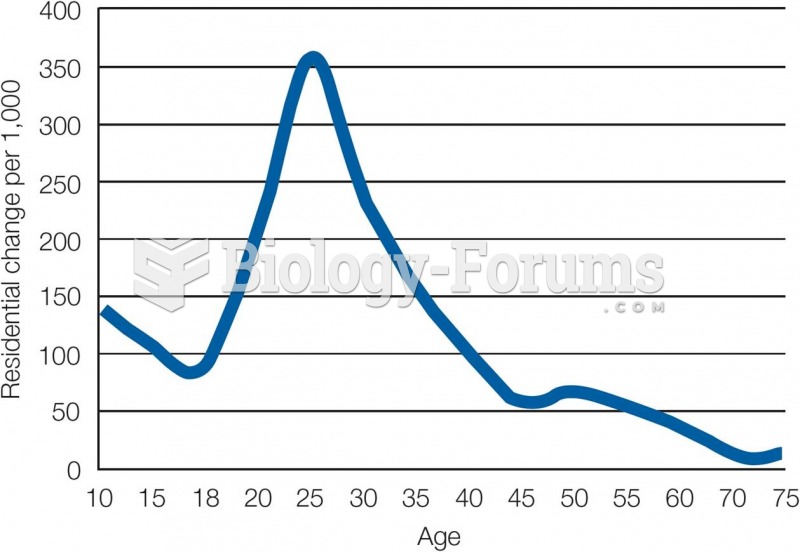Margaret is a 13-year-old teenager who started menstruating at age 12. Since then, she has had excessively heavy and painful periods that can last 7 to 10 days. Today, she is in the office complaining of weakness and fatigue. She is much more pale than usual. Her eyes look sunken. She says she just finished her period. It lasted eight days and was once again very heavy. A STAT CBC shows H&H are very low. In fact, her hemoglobin is 5. She is being sent to the hospital for a transfusion. She is also being given a referral for a work-up at our gyne clinic.
Dx. Chronic blood loss anemia due to pubertal menorrhagia
First-listed diagnosis: ________
Secondary diagnoses: ________
Fill in the blank with correct word.
Question 2
Jacob is a 30-year-old black man with a history of sickle cell disease. He presents with a three-day history of pain in both elbows. The pain is sharp and the patient rates it as a 9 on a scale of 1-10. He has a low-grade fever.
He was started on NS IV fluids and morphine was administered for the pain.
PMHaside from the sickle cell disease, his past medical history is unremarkable.
FH/SHBoth parents are alive and well. He has no siblings. He is not married. No known relatives with a history of sickle cell disease.
Vital signsT 101.4 P 89 R 18 BP 112/66 O2 sats 90 on room air.
HEENTPERRLA; scleral icterus; remainder of exam in unremarkable. Cranial nerves grossly intact; normal sensation.
NeckNo LAD or masses; no lymph nodes appreciated.
CardiacRRR, S1 and S2 are normal.
LungsDecreased breath sounds bilaterally. Crackles and rales heard on ausulcation.
AbdomenNormal bowel sounds; no rebound tenderness or guarding. Spleen slightly enlarged.
ExtremitiesNo cyanosis or clubbing.
MusculoskeletalBoth elbows swollen, red, hot to the touch; tenderness on palpation and painful on extension. Limited ROM in both elbows.
GUNormal male.
Rectal exam deferred.
Impression: Sickle cell crisis. I am also concerned about the crackles, rales, and diminished breath sounds in the lungs. There could be a pneumonia starting.
Plan: Admit for treatment of the sickle cell crisis. Get a CXR to see what is going on in the lungs. Continue IV fluids; consider Hydrea; consider transfusion, depending on H&H.
Addendum: CXR is positive for pneumonia. Will do a forced sputum culture and start on antibiotics.
First-listed diagnosis: ________
Secondary diagnosis: ________
Fill in the blank with correct word.







